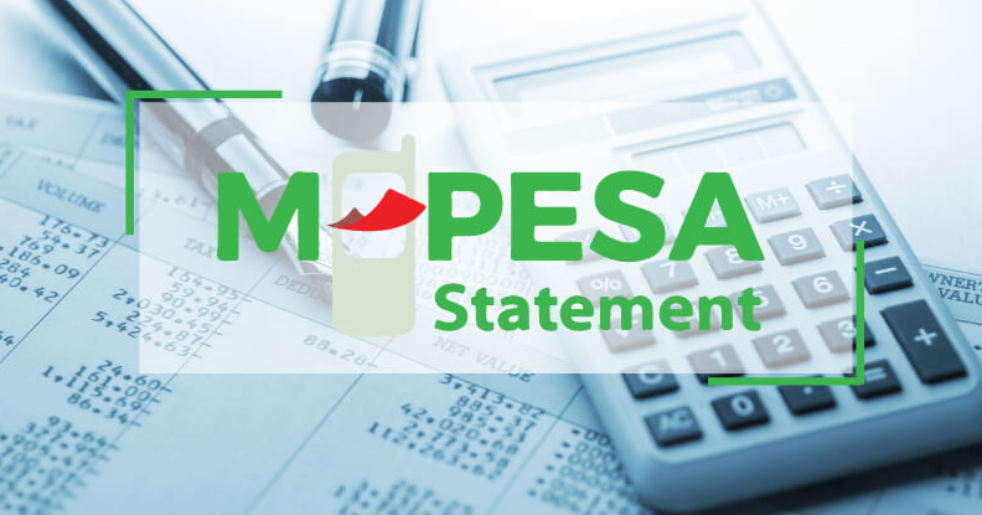For beginners who are new to forex trading, platforms such as metatrader 5 allow them to practice and gain experience before getting into such difficulties.
Concepts such as leverage in forex trading may seem overwhelming to the person who is just starting out on such platforms. However, it is a fairly simple concept.
Here we explain how forex trading works and how leverage is used.
Understanding Leverage in Forex Trading
Leverage involves borrowing money from a forex broker so that you can invest more in the currency you think will perform well. Another word for leverage is capital.
Leverage also works in different markets for the forex trade. Capital can be borrowed from a broker to invest in securities or stocks as well.
The reason for leverage is so that the individual can invest in larger sums of currency and thereby reap greater rewards. Of course, it can also result in bigger losses, so it is important to fully understand how leverage works.
What is Involved in Obtaining Leverage?
The forex broker loans the capital to the investor in what is called an initial margin. The margin requirement is expressed as a ratio. For example, if 100:1 is the margin, this equates to 1% of the capital loan.
This means that for every hundred thousand pounds loaned, the investor needs to deposit one thousand pounds with the broker. This will then allow the investor to purchase one hundred thousand pounds of the currency they expect to yield a profit.
For a 50:1 margin (leverage ratio), 2% of the loan amount must be deposited into the trading account A 200:1 ratio will require a 0.5% deposit.
Brokers decide on the leverage ratio by looking at the stability of the exchange rate between two currencies. If it fluctuates wildly, the broker will require a higher percentage deposit, maybe even 5%.
Another reason brokers have for selecting a particular margin is when larger capital sums are being loaned. They will also require a bigger deposit from a new investor.
Newer currencies that have not been properly tested in the forex market may result in a collateral requirement as high as 15%.
How Are Risks Managed?
When any institution or business, e.g., a bank, makes a capital loan, there is a risk attached to it. The lender may not be in a position to pay back the money. The forex market is one of the biggest lenders to investors. So, how does it mitigate its risks?
The broker levies interest on the investor’s margin funds. When currencies that are invested in devalue, interest on the losses is charged.
Brokers also work on a maintenance margin. If the value of the investor’s account drops below a previously established level, a margin call is made.
This usually gives the investor three days in which to make an additional deposit or else sell some of their stock.
For beginners who are new to forex trading, platforms such as metatrader 5 allow them to practice and gain experience before getting into such difficulties.
Forex trading is a solid investment but it requires some experience before taking a big leap.









